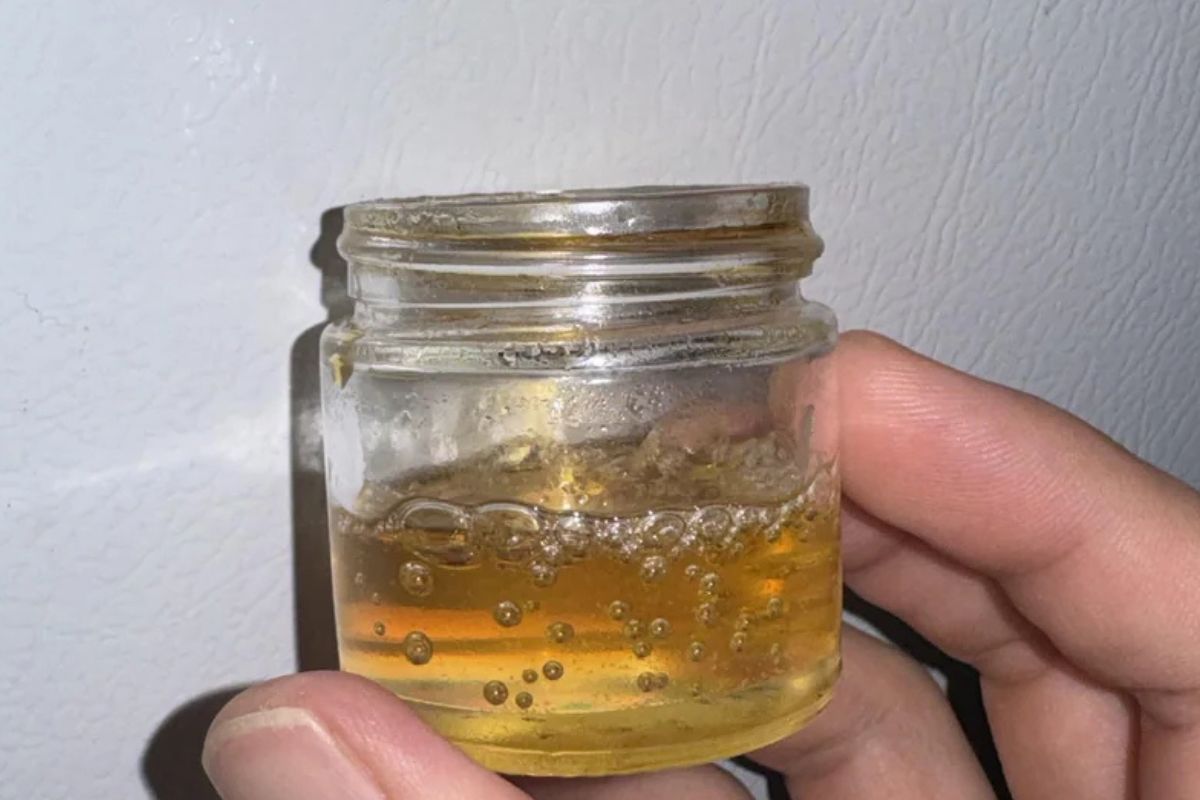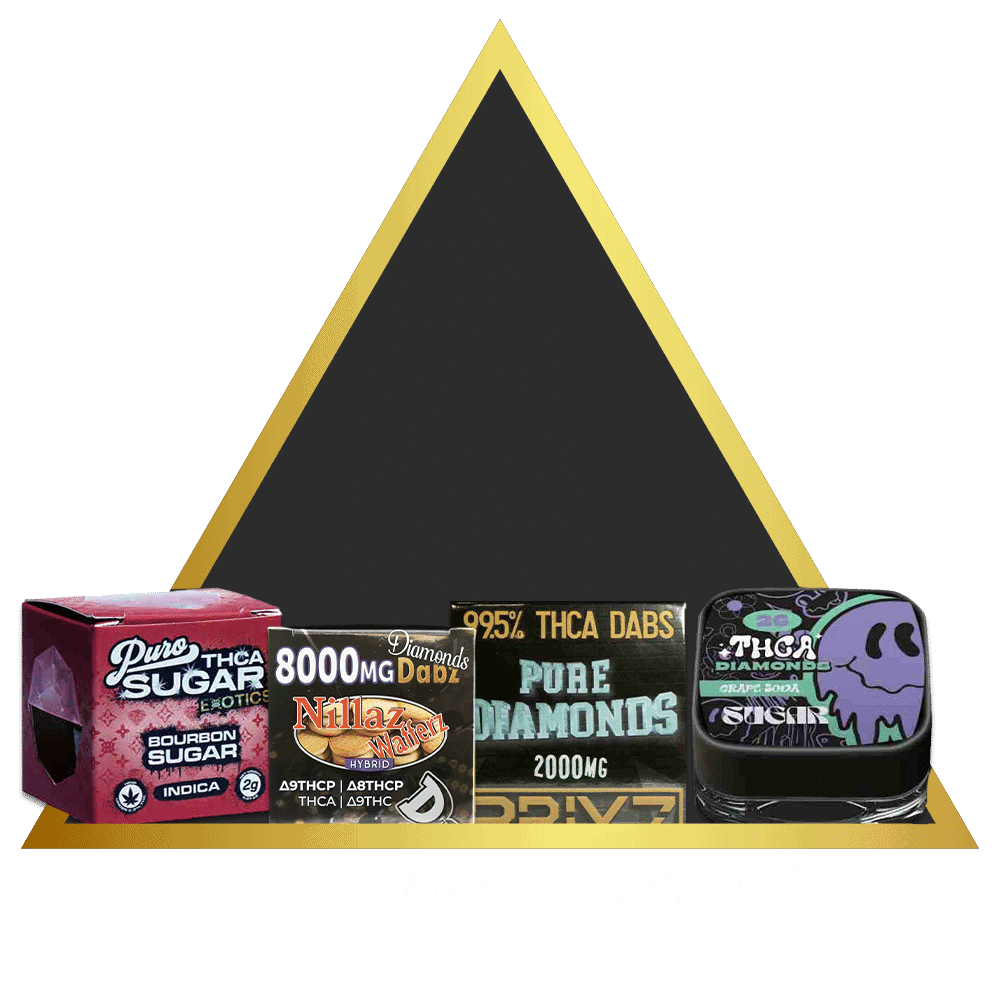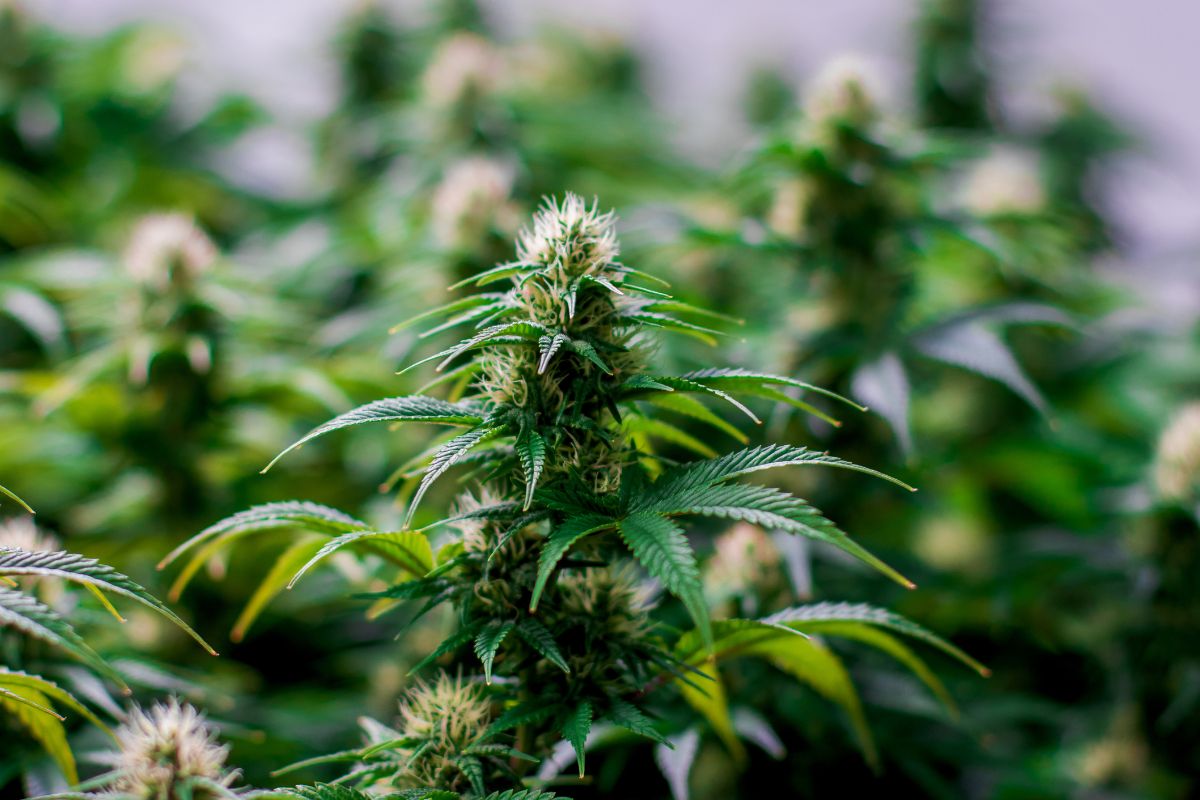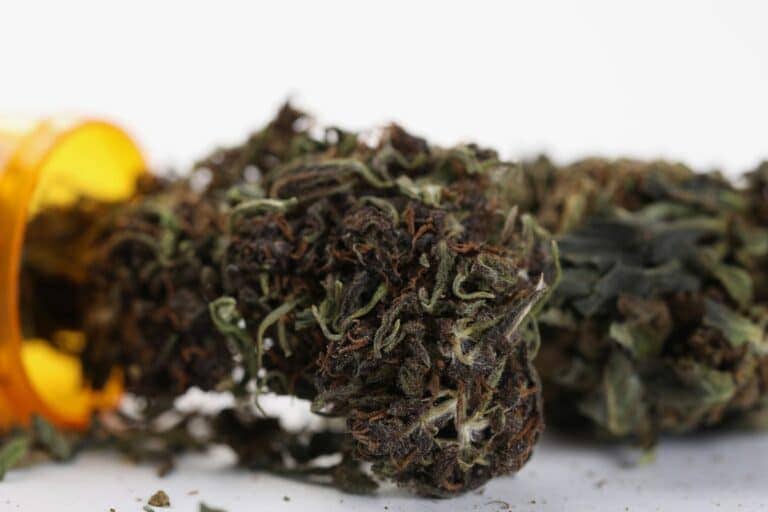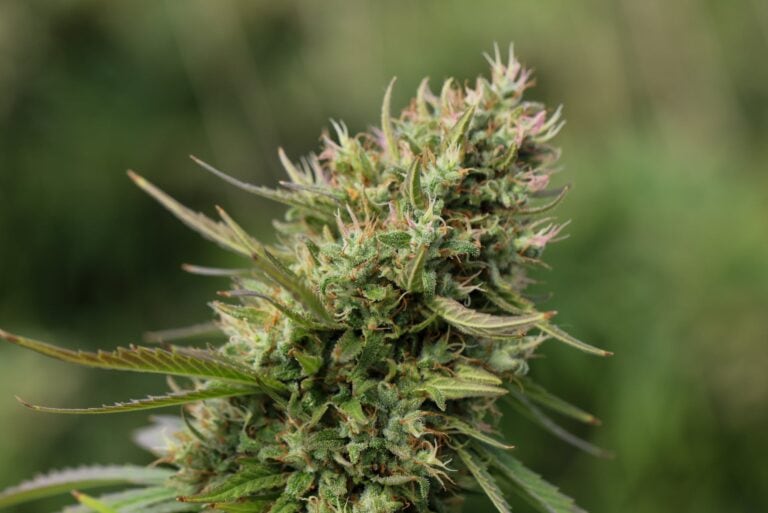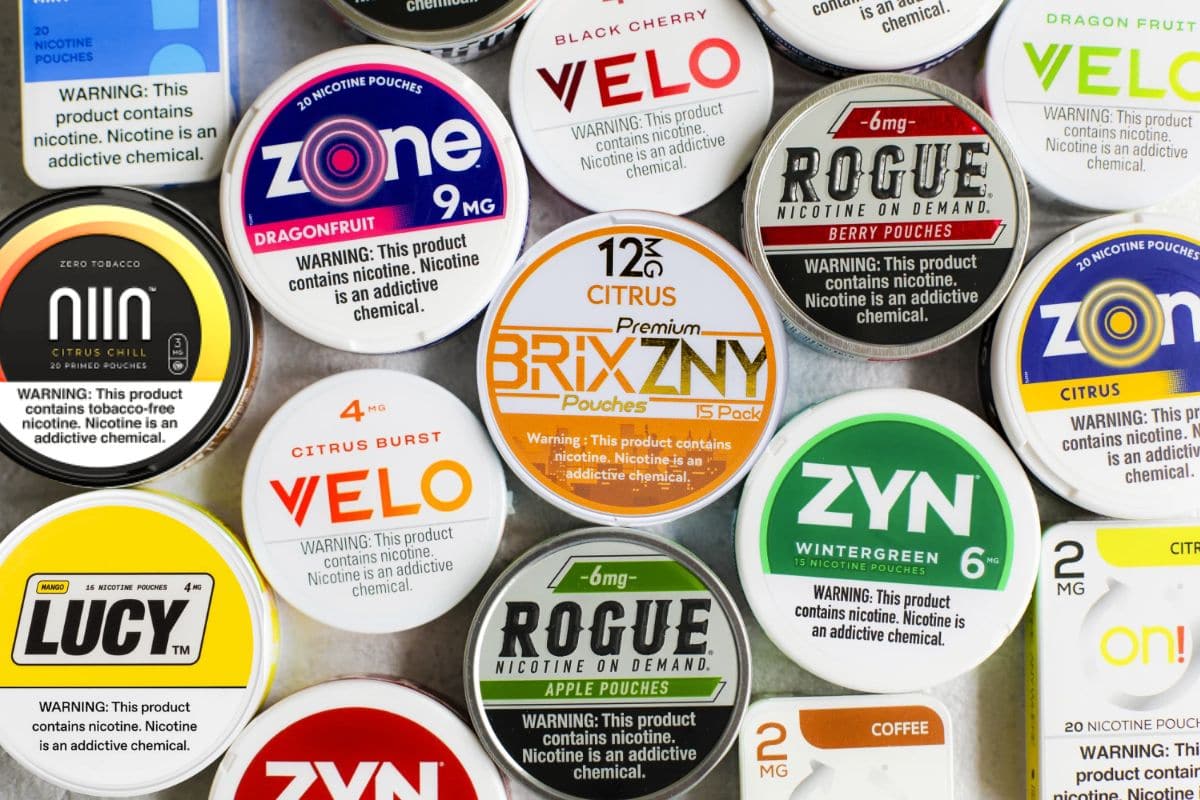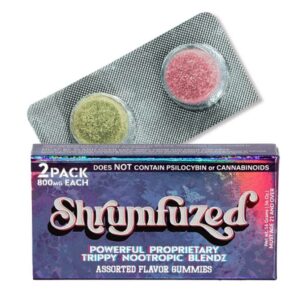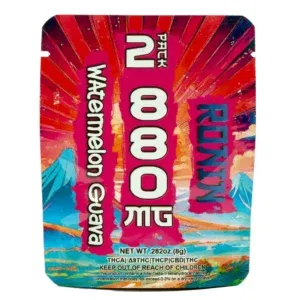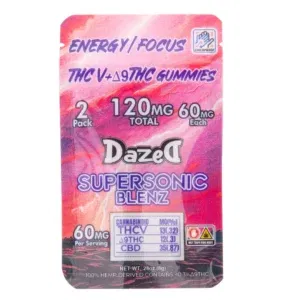How to Decarb Wax: Maximize Your Concentrates for Cooking and More
Understanding Decarboxylation
What is Decarboxylation?
The decarboxylation process is the process of converting THCA into THC within the cannabis concentrate , making weed psychoactive. This transformation occurs through heat, unlocking the potency of cannabinoids. Without this step, the active compounds in plant material and cannabis won’t produce their desired effects in edibles or infusions.
Table of contents
Heat is a key component of decarboxylation, which is why smoking or vaping cannabis instantly decarbs it. However, when using plant material in its raw form for cooking or infusions with high heat , you need to manually decarb it to activate the cannabinoids.
Understanding Cannabis Concentrates
What Are Cannabis Wax and Wax Concentrates?
Cannabis wax, along with live resin, is a type of concentrate rich in cannabinoids like THCA and CBD. It’s made by extracting these compounds, including distillate, from the cannabis plant using methods like carbon dioxide or butane extraction. The result is a substance with high potency, often containing 60-70% THCA.
Wax concentrates are popular among those who seek powerful effects with a small dosage. They are versatile and can be used for dabbing, cooking, or making tinctures and infusions. Compared to cannabis flower or weed , wax provides a more concentrated form of cannabinoids, making it an efficient option for consumption.
The Importance of Decarbing Wax
| Aspect | Details |
|---|---|
| What is Decarbing? | The process of heating cannabis wax to activate cannabinoids (THC, CBD) for maximum potency. |
| Why is it Important? | Converts non-psychoactive THCA into active THC, making it effective for edibles, tinctures, and other infused products. |
| Ideal Temperature | Typically between 220°F – 250°F (104°C – 121°C) for 30-45 minutes. |
| Methods of Decarbing | Oven: Spread on parchment paper and heat. Double Boiler: Gentle heat for controlled activation. Hot Oil Bath: Mix with oil and heat for infusion. |
| Effects of Skipping Decarb | Reduced potency in edibles and tinctures, as THCA remains inactive without heat. |
| Best Uses After Decarbing | Edibles, tinctures, capsules, infused oils, and DIY cannabis products. |
| Signs of Proper Decarbing | Wax turns darker and becomes more aromatic as cannabinoids activate. |
| Storage Tips | Keep in an airtight container away from light and heat to preserve potency. |
Why Decarboxylation Is Important for Wax Concentrates
The decarb process is the key to making wax concentrates work effectively in edibles. Without this process of decarbing concentrates , THCA remains inactive and won’t produce the desired psychoactive effects.
When making edibles or infused products, activating the THCA in wax and using ingredients such as canola oil is essential. The heat used in decarboxylation converts it into THC, ensuring maximum potency and effectiveness in your cannabis butter recipes. Skipping this step can lead to wasted product and ineffective results.
Methods for Decarbing Wax
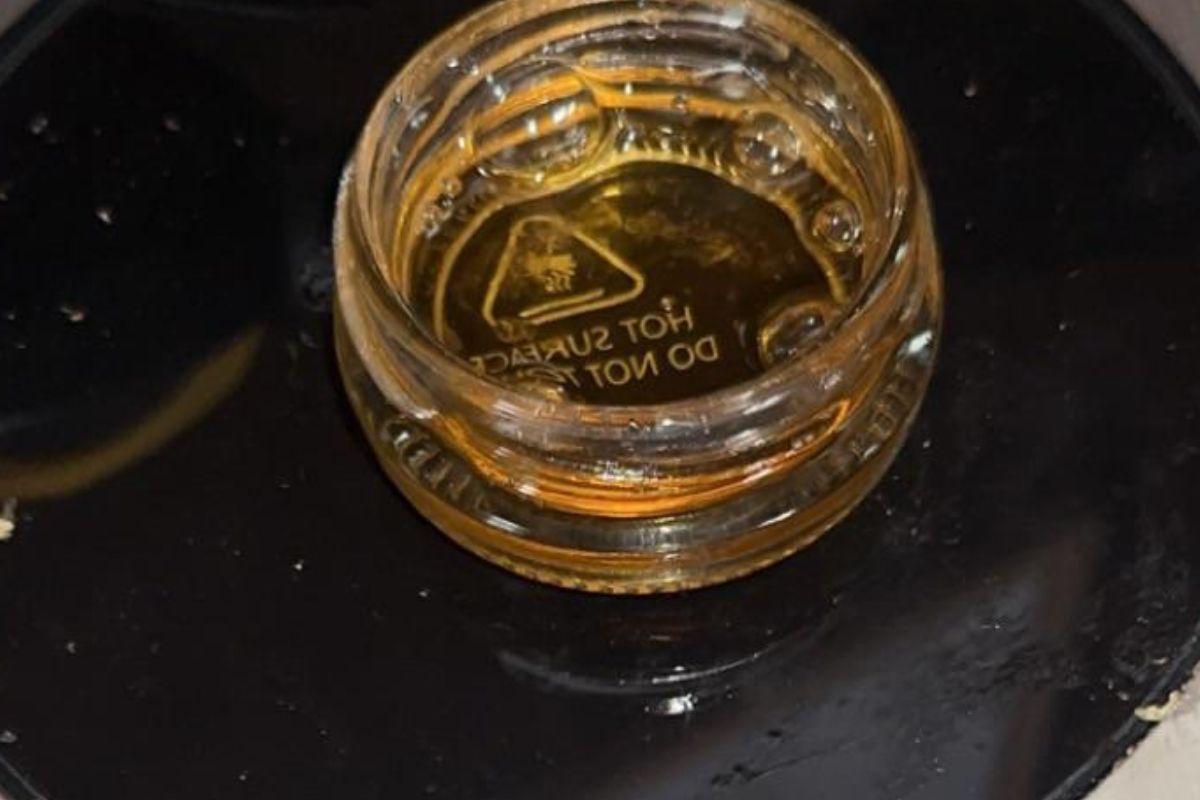
Oven Decarbing Method
Decarbing wax in the oven is one of the easiest and most common methods. You don’t need specialized tools, just a few kitchen essentials like a sheet pan .
- Preheat your oven to 240°F (115°C) to achieve optimal decarboxylation.
- Use an oven thermometer to ensure the temperature remains consistent.
- Line a baking sheet with parchment paper to prevent sticking and make cleanup easier.
- Place your wax on the parchment paper and bake for about 30 minutes.
- Monitor for bubbling, which indicates that THCA is converting into THC.
- Remove the wax and let it cool before incorporating it into edibles or infusions.
Low-Heat Decarbing Method
For those who prefer a slower and more controlled process, low-heat decarbing methods like using a slow cooker, double boiler, or sous vide are effective alternatives.
- Double Boiler Method:
- Place a heatproof container with wax in a saucepan filled with water.
- Keep the water at a low simmer (around 200°F or 93°C) for about 45 minutes.
- Stir occasionally and monitor for bubbling.
- Sous Vide Method:
- Seal the wax in a heatproof, vacuum-sealed bag.
- Submerge in a water bath at 203°F (95°C) for about 60 minutes.
- This method minimizes odor and preserves more terpenes.
Best Temperature and Timing for Decarbing Wax
The ideal temperature for decarbing wax is 240°F (115°C). This medium low heat within the temperature range, including methods such as boiling water, allows THC and CBD to activate without burning or degrading the product. Most wax concentrates need to be spread on a baking sheet and require about 30 minutes in the oven for full decarboxylation.
Overheating can cause cannabinoid loss, while underheating may result in incomplete activation. Using an oven thermometer or digital temperature control can help maintain accuracy.
Using Decarbed Wax
| Method | Description | Pros | Cons |
|---|---|---|---|
| Edibles | Mixed into food or drinks after decarbing | Long-lasting effects, precise dosing | Slower onset time (30-90 min) |
| Sublingual Use | Placed under the tongue for absorption | Fast-acting, avoids digestion | Strong taste, not ideal for all users |
| Capsules | Encapsulated and swallowed | Discreet, no taste | Slow onset, requires preparation |
| Topicals | Infused into lotions or balms | Localized relief, non-psychoactive | Limited to skin application |
| Dabbing/Vaping | Heated and inhaled through a dab rig or vape | Immediate effects, high potency | Requires specialized equipment |
| Infused Oils | Mixed with coconut or MCT oil for multiple uses | Versatile, can be used in various products | Requires additional preparation |
Edibles and Infusions with Decarbed Wax
Decarbed wax, as a cannabis concentrate, is highly effective for making edibles and infused products. Its potency means you need one gram or a smaller amount compared to cannabis flower, making it a more efficient option for cooking.
To create your favorite food recipes, mix your warm decarbed wax with ingredients to infuse them :
- Butter (for baked goods like brownies and cookies)
- Coconut oil (great for vegan-friendly edibles and bulletproof coffee)
- Olive oil (for salad dressings and savory dishes)
- MCT oil (for tinctures and easy absorption)
Once infused, these ingredients can include butter, and be used in various recipes, providing a discreet and effective way to consume THC.
Tips for Cooking with Decarbed Wax
Dosage and Flavor Considerations
When using decarbed wax in your favorite recipes for edibles, start with a small dose and adjust accordingly. Using a slow cooker, wax is highly concentrated, so a little goes a long way.
- Distillate works well for mild-flavored dishes since it has little taste.
- RSO (Rick Simpson Oil) is better for stronger-flavored dishes due to its intense, earthy profile.
- Different concentrates have varying potencies, flavors, and textures, so choose accordingly based on your recipe.
Infusion Process: Ensuring Even Distribution
To ensure even potency in your edibles:
- Thoroughly mix decarbed wax with your chosen fat.
- Stir continuously while heating to prevent clumping.
- Use a food processor if necessary to distribute cannabinoids evenly.
- Test a small portion before consuming a full dose to gauge potency.
Storing Decarbed Wax
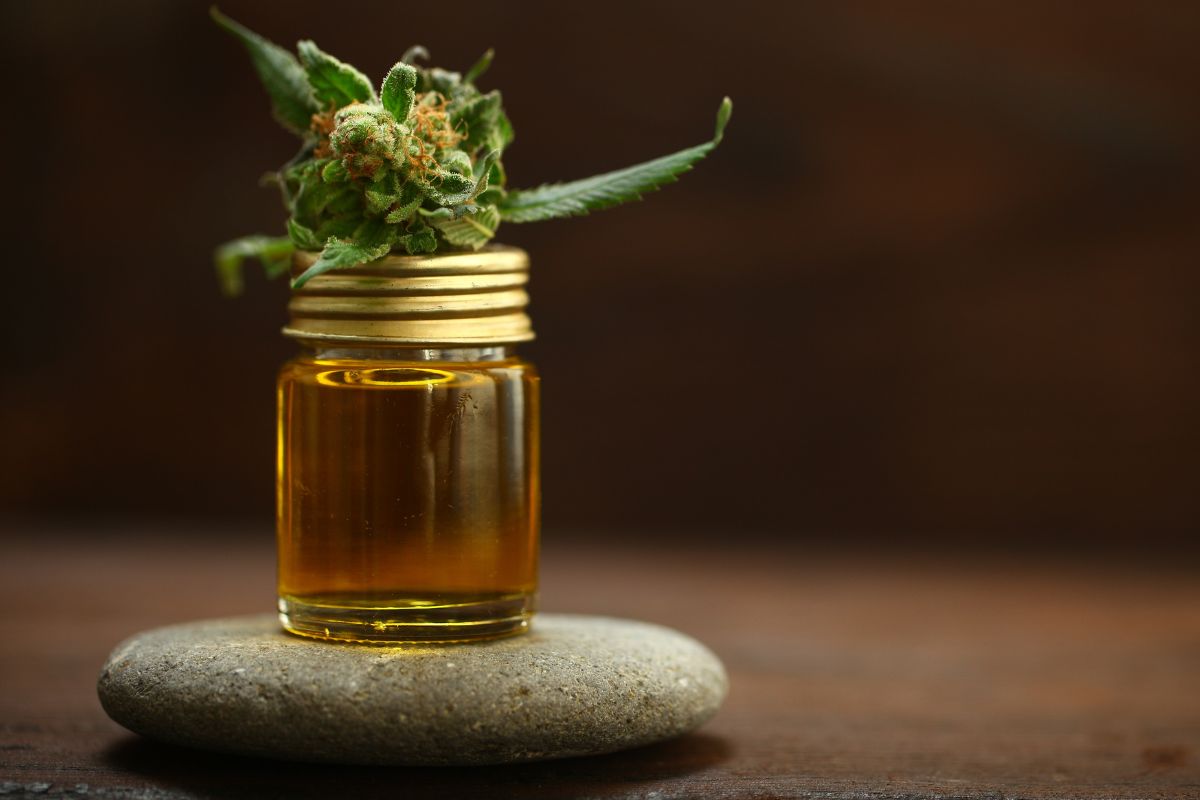
How to Store Decarbed Wax Properly
Proper storage maintains the potency and quality of decarbed wax. Follow these best practices:
- Use an airtight container (silicone or concentrate containers work best).
- Store in a cool, dark place to avoid heat, light, and air exposure.
- Refrigeration can help preserve long-term potency.
- Label with the decarb date to track freshness.
Avoid storing decarbed wax in plastic, as it can stick to surfaces and degrade over time.
Conclusion: Maximize Your Concentrates for Cooking and More
Decarbing wax is essential for making potent cannabis edibles and infusions, especially when used to extract cannabinoid . By using the correct methods and temperatures, you can ensure maximum chemical reaction activation of cannabinoids and achieve the best results.
Proper storage and infusion techniques will help you make the most of your concentrates. Whether you’re making baked goods, tinctures, infused oil or savory food dishes, or exploring other methods, decarbed wax and stronger flavored concentrates offer a powerful and versatile way to enjoy cannabis.
By following these steps, you can confidently create high-quality edibles while preserving potency, flavor, and effectiveness. Now, it’s time to experiment with grain alcohol and elevate your cannabis cooking game!
Frequently Asked Questions
Can I decarb wax at a higher temperature to speed up the process?
No, using a higher temperature can degrade cannabinoids and terpenes, reducing potency and flavor. Stick to 250 f (approximately 121°C) for the best results.
How do I know when my wax is fully decarbed?
You’ll notice bubbling as the THCA converts to THC. Once the bubbling slows down and the wax has darkened slightly, it is likely fully decarbed.
Can I use a microwave to decarb wax?
No, microwaving is not recommended as it can create uneven heating, leading to cannabinoid loss and inconsistent potency.
What happens if I don’t decarb my wax before making edibles?
Your edibles may not be as potent because the THCA remains inactive. Decarbing ensures maximum activation and effectiveness without losing flavor .
Does decarbing wax smell?
Yes, decarbing wax produces a noticeable cannabis odor, similar to smoke . To minimize smell and learn how to decarb wax effectively , use the sous vide method or ventilate your kitchen.
Can I store decarbed wax long-term?
Yes, store it in an airtight silicone container or glass container in a cool, dark place. Refrigeration helps maintain potency for longer periods.

